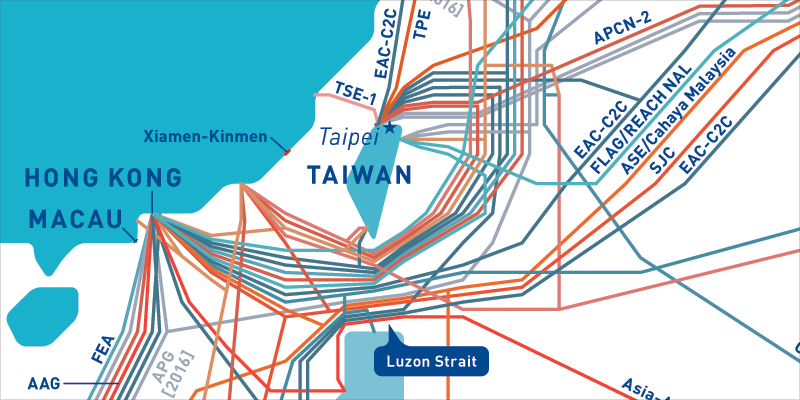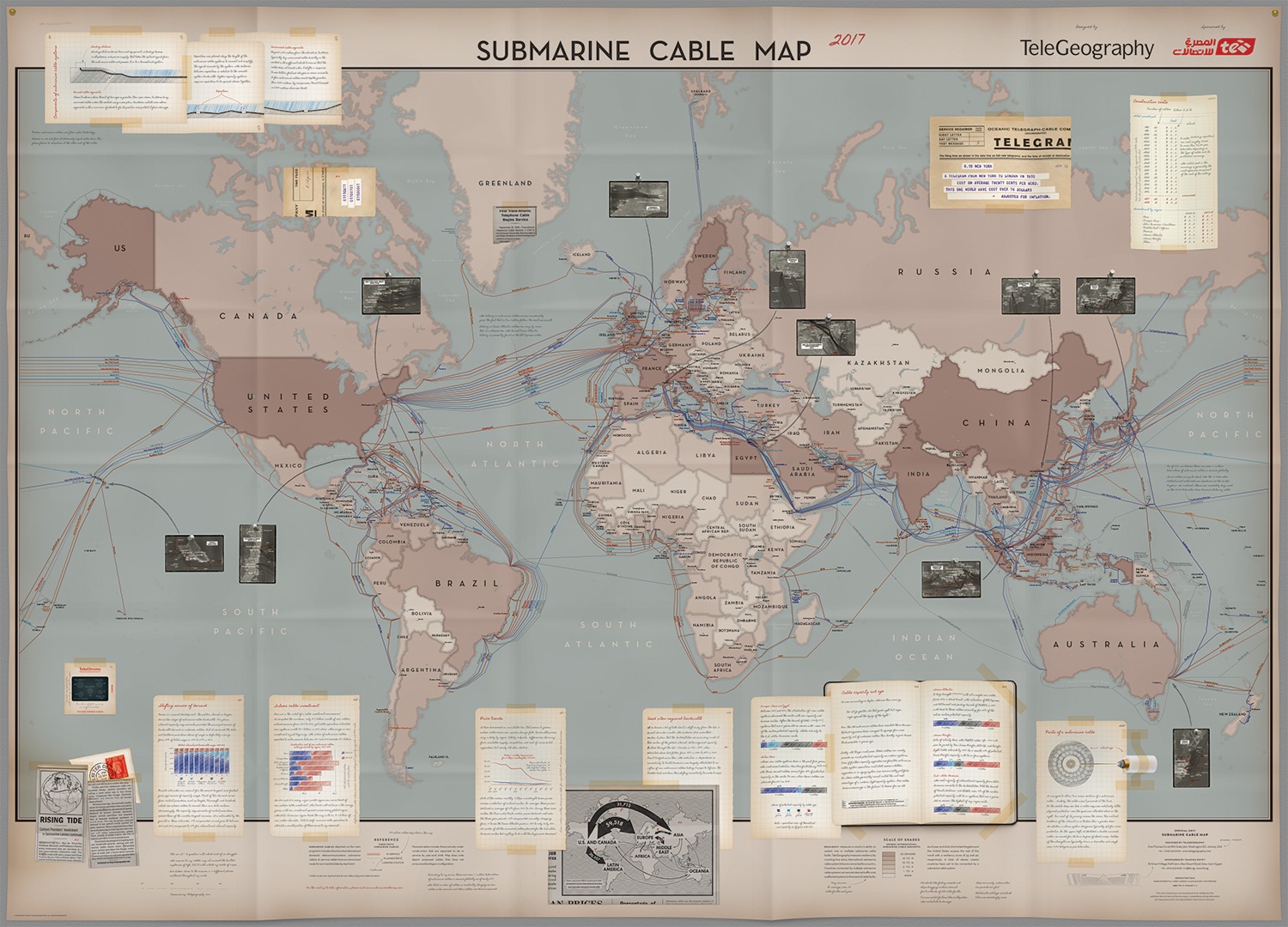

Today, Portugal does not have an earthquake early-warning system akin to those in other earthquake-prone regions. Following the rupture and collapse of countless structures, a tsunami inundated the coast as fires raged. The earthquake, which may have been greater than magnitude 8.0, began southwest of Portugal’s coast, under the waters of the Atlantic Ocean. In 1755, he said, the Great Lisbon Earthquake destroyed the nation’s capital. Silva explained why Portugal is a good test case for the SMART sensors. “We’ve been lobbying the government to make sure that the next time they replace the cables, be SMART.” Existing cables are nearing the end of their lifetimes, said Vitor Silva, an earthquake engineer and risk coordinator at the Global Earthquake Model Foundation. One of the first cables likely to include SMART sensors will maintain Portugal’s connection to the Azores and Madeira islands. Portugal’s Once and Future Great Earthquake The current plan is to find funds to add SMART sensor packages that measure temperature, pressure, and seismicity to future cable deployments to replace aging transoceanic telecommunication infrastructure. These cylinders, between 1 and 1.5 meters long, have enough space for sensors to sit within the mechanically protected, seawater-flooded end sections. About every 70 kilometers along the entire length of each cable, a long cylinder called a repeater amplifies the throughgoing signal, said Howe. These cables begin and end at shore stations that provide power. “Without these cables, we would not have the Internet as we know it,” he said. This is how we see cat videos from other continents in real time how we videoconference overseas coworkers, friends, or family and how global financial transactions take place.

The optical fibers transmit data at the speed of light, while copper in the cable carries the necessary electrical power. Spanning thousands of underwater kilometers, telecommunications cables, which look like garden hoses, contain at their center hair-thin optical fibers protected by sheaths of metals and other materials, explained Howe. Telecommunications cables, which look like garden hoses, contain at their center hair-thin optical fibers. Sending data across an ocean simply requires longer, tougher, specially engineered cables.
#Telegeography submarine cable map 2020 full
In fact, the cloud consists of buildings full of servers scattered throughout the world, where physical cables connect to one other. The Internet might seem like a combination of satellites, the “cloud,” and data flitting through the air.
#Telegeography submarine cable map 2020 update
Rowe will update the scientific community on plans for SMART cables in various locations around the world at AGU’s Fall Meeting 2022 on Tuesday, 13 December. They’re working to outfit the ocean with temperature, pressure, and seismic sensors that would help with a host of problems, including earthquake early warning, tsunami tracking, and climate change. Since then, Rowe has been involved with the United Nations’ Joint Task Force on Science Monitoring and Reliable Telecommunications (SMART) Subsea Cables, for which Howe is chairperson. For Earth beneath the oceans, this means that “we don’t do a very good job of characterizing how seismic waves propagate through it.” After doing some calculations with a summer intern back at Los Alamos National Laboratory, Rowe said, “the improvement was stunning.” “With a few exceptions, all of our seismic networks are on land,” said Rowe. Howe, a professor in the Department of Ocean and Resources Engineering, asked, “Would this be of interest to you seismologists?”ĭuring that meeting, Howe asked Rowe to quantify just how useful underwater cables equipped with regularly spaced seismic sensors might be for seismologists.

He described a future in which these underwater cables could include seismic sensors every 50 to 100 kilometers, all around the world. “He rolled a map out…that showed all the transoceanic telecommunications cables,” she recalled. About 8 years ago, at the end of a long day of meetings at the University of Hawai‘i at Mānoa, visiting speaker and seismologist Charlotte Rowe walked into Bruce Howe’s office.


 0 kommentar(er)
0 kommentar(er)
